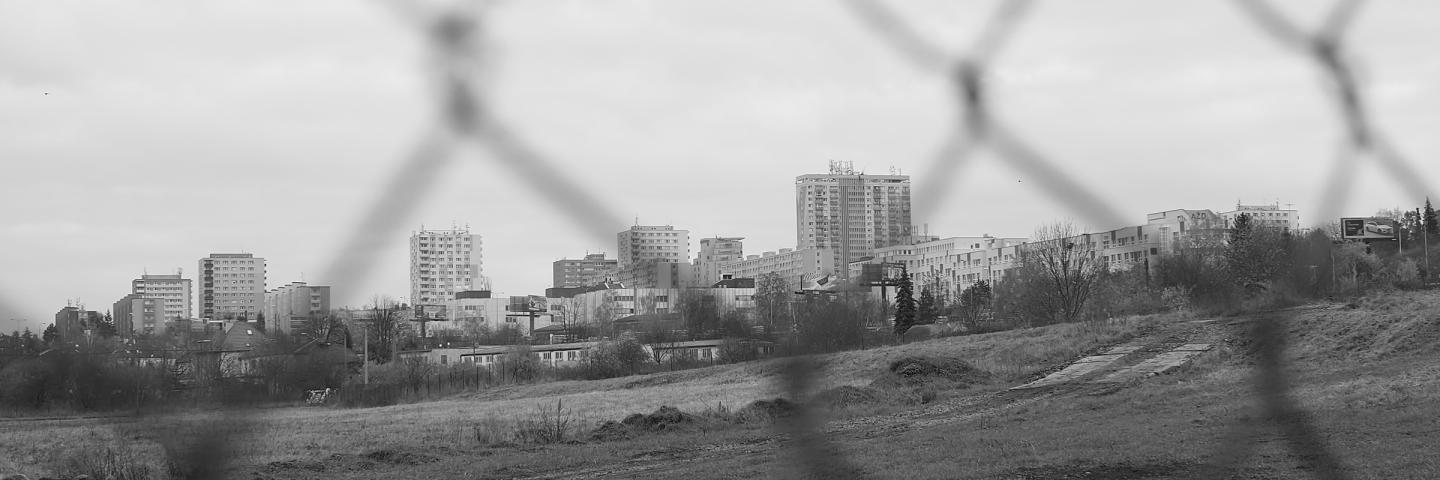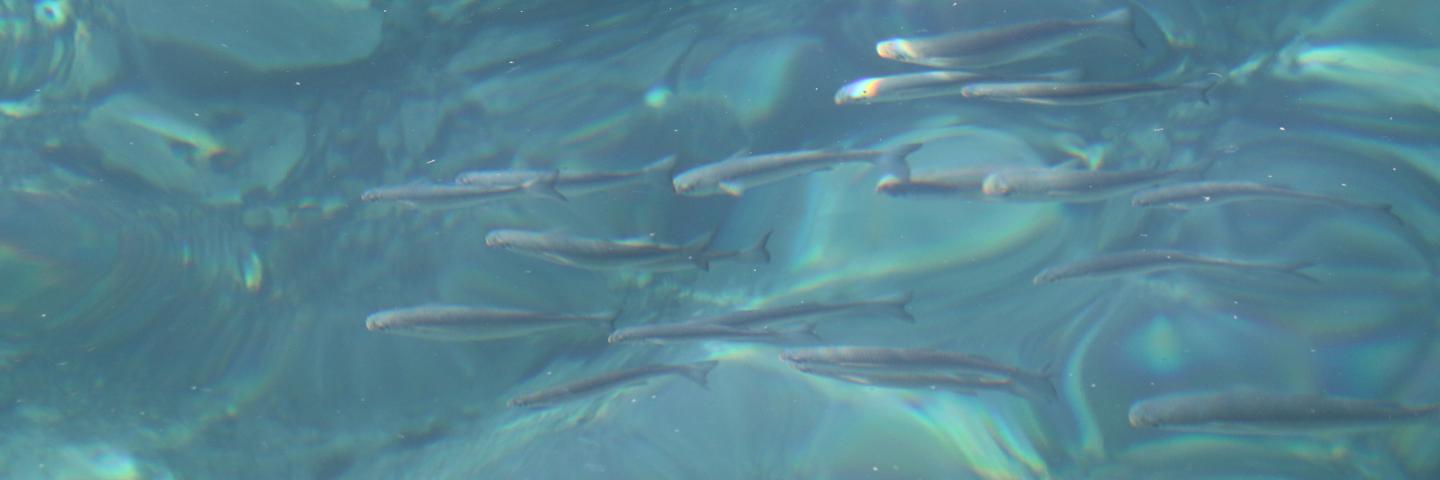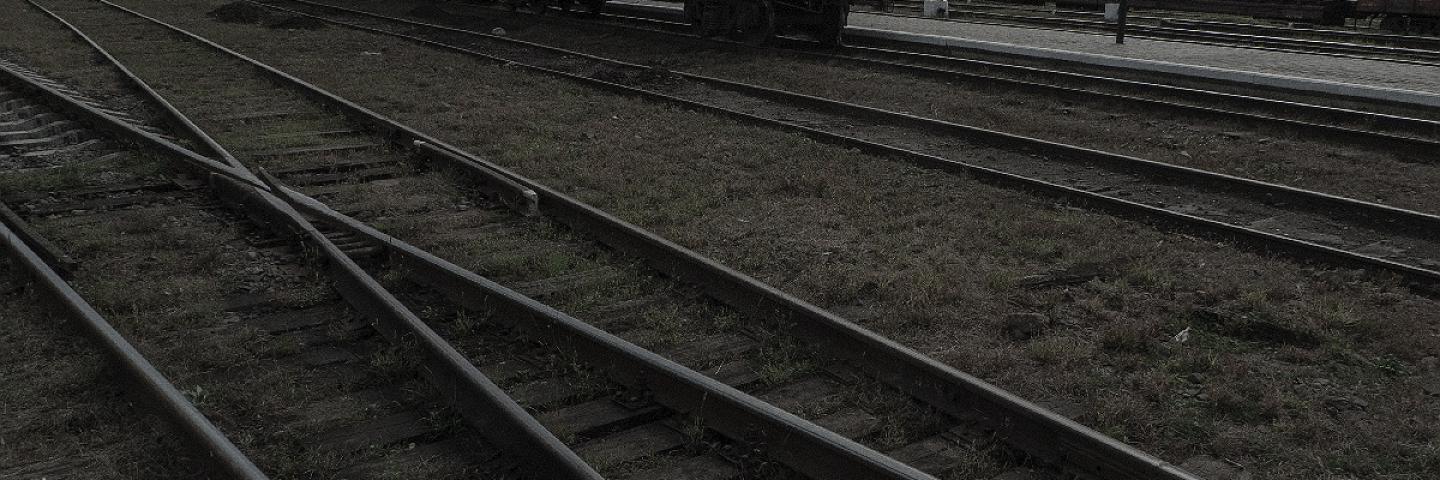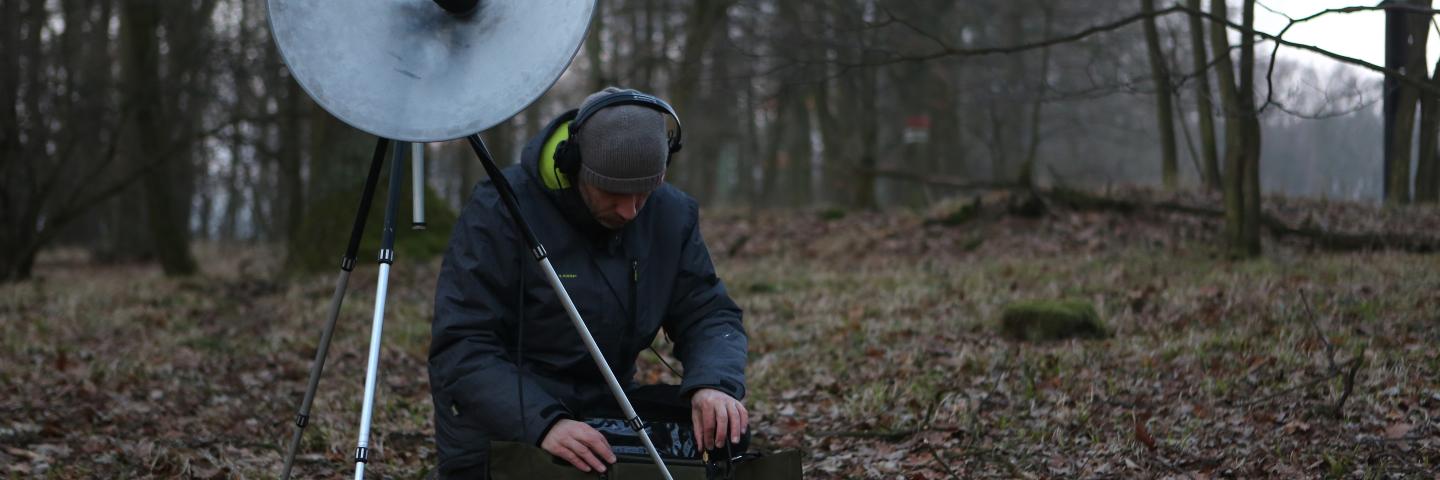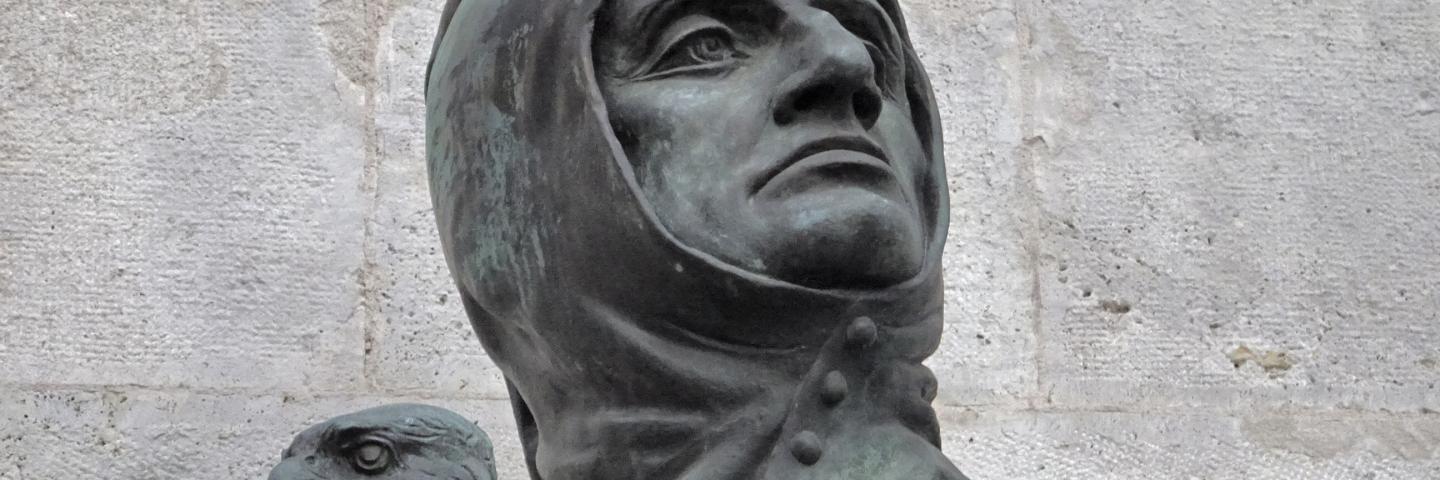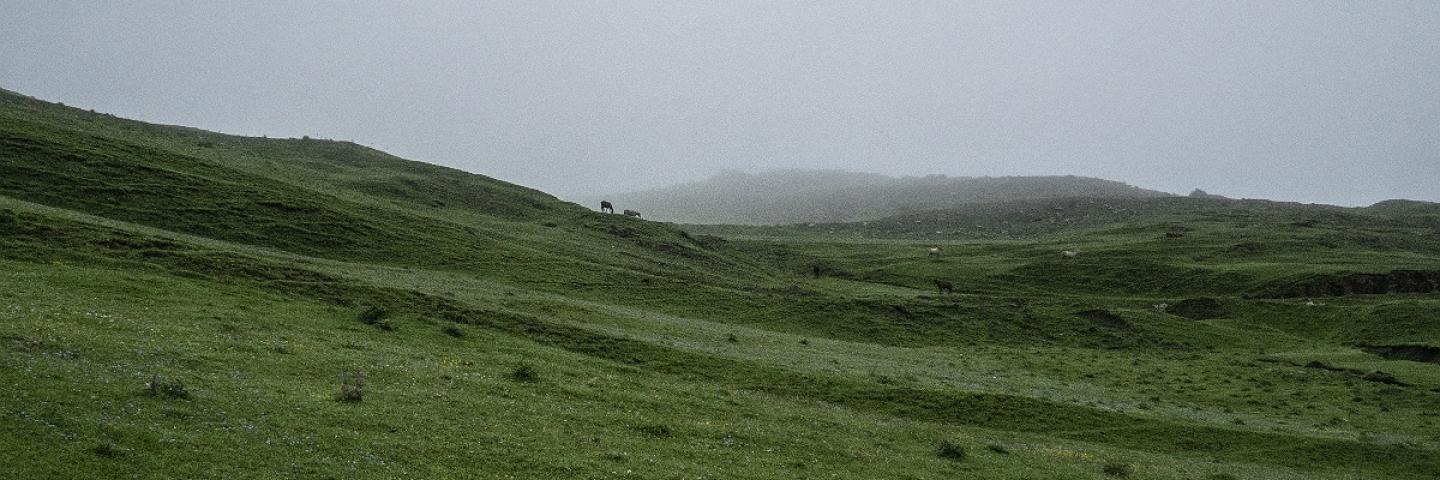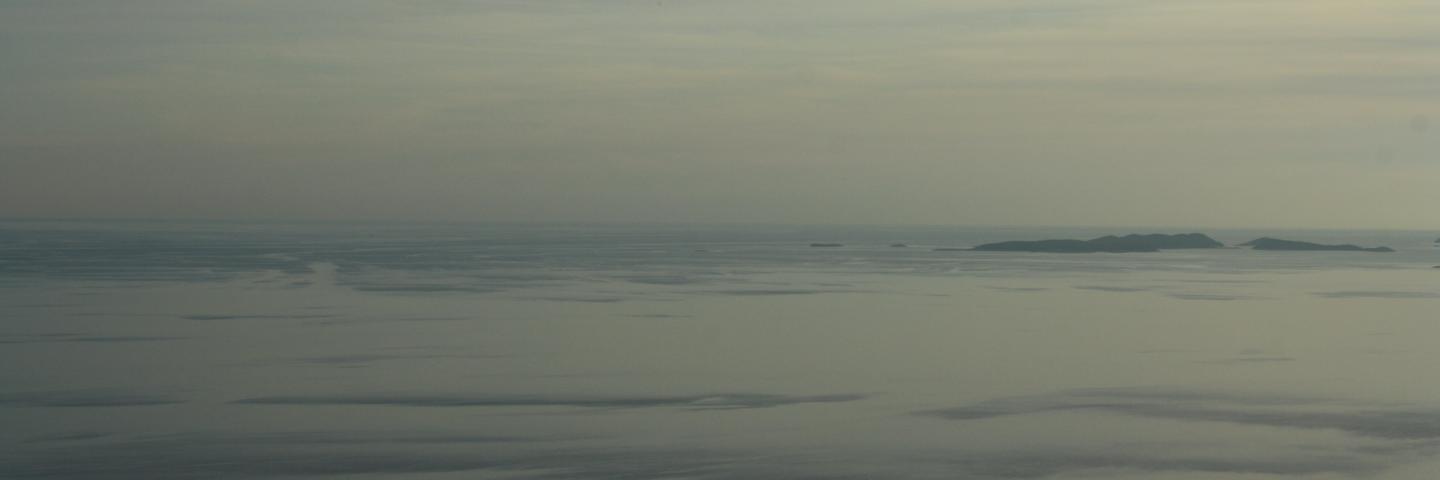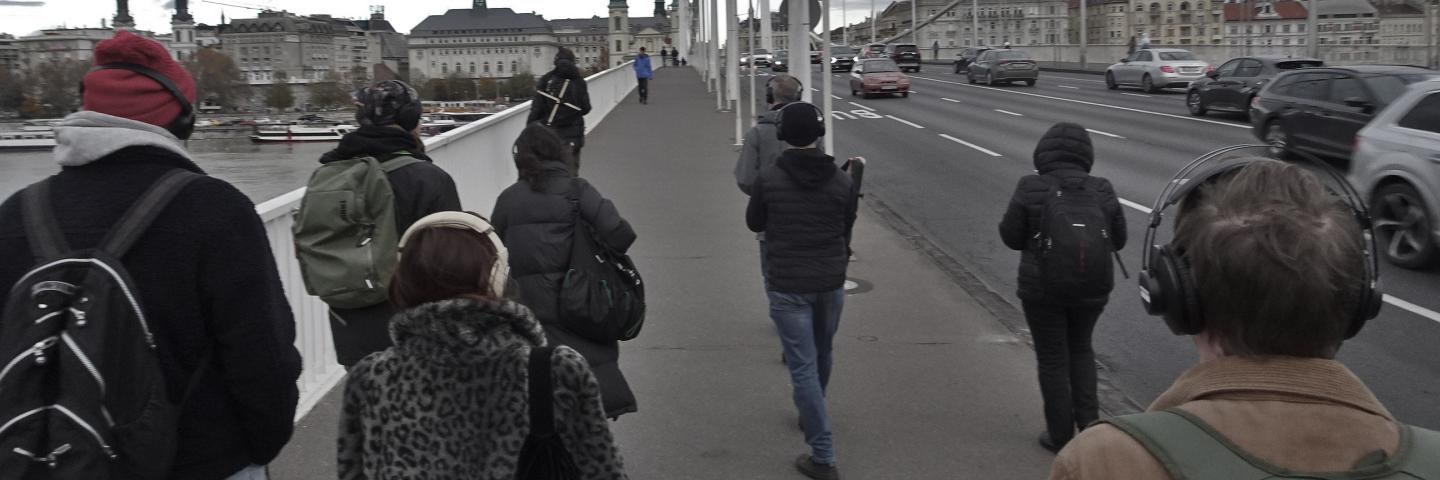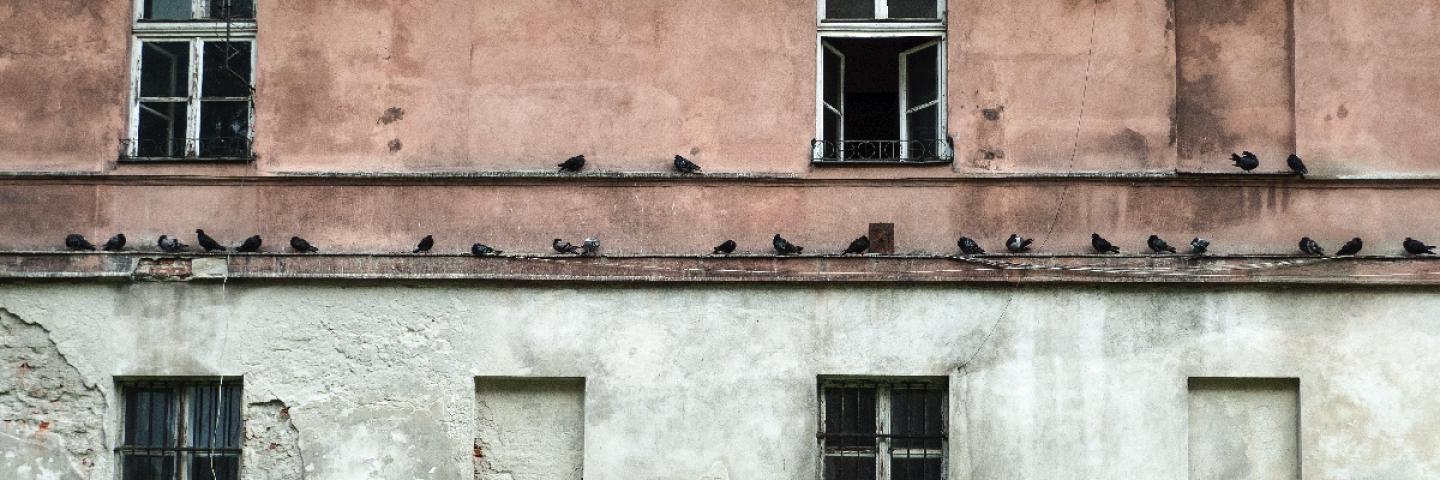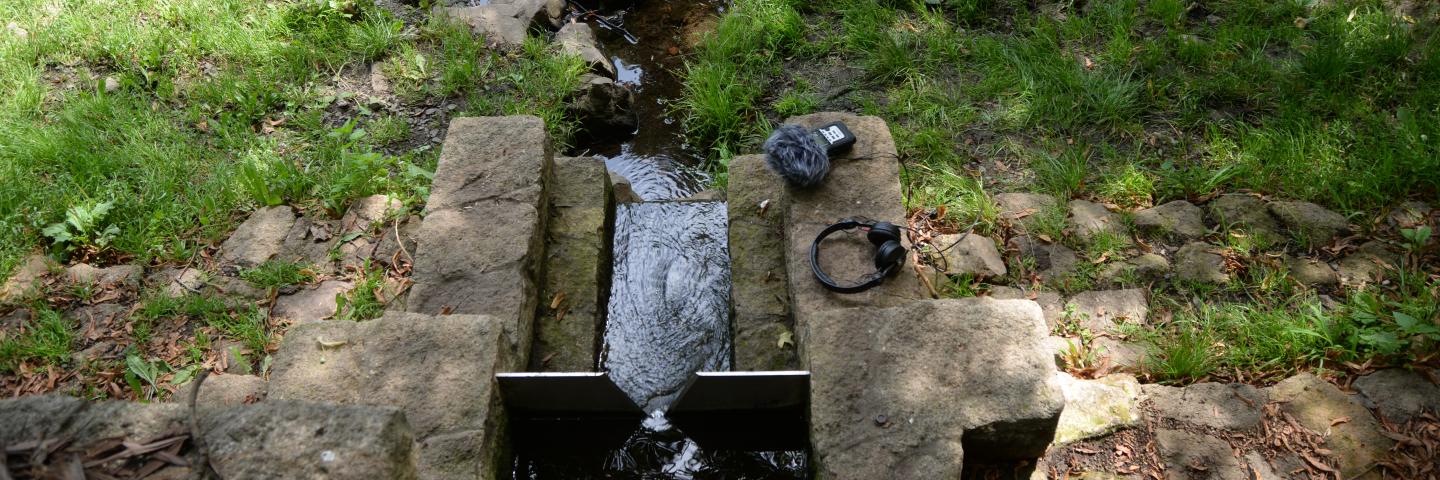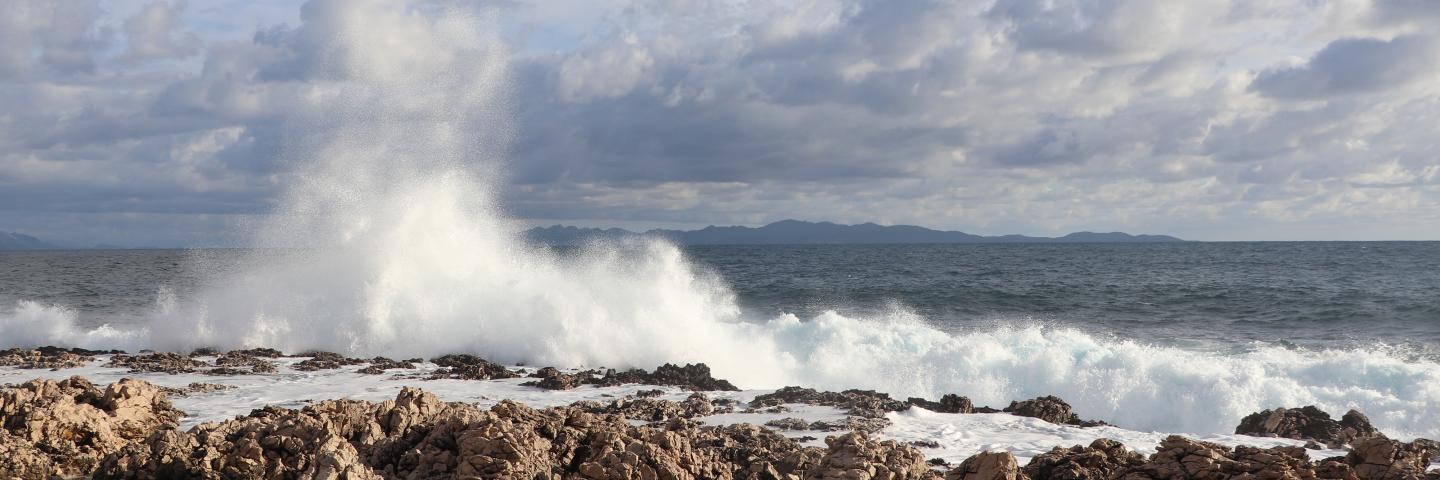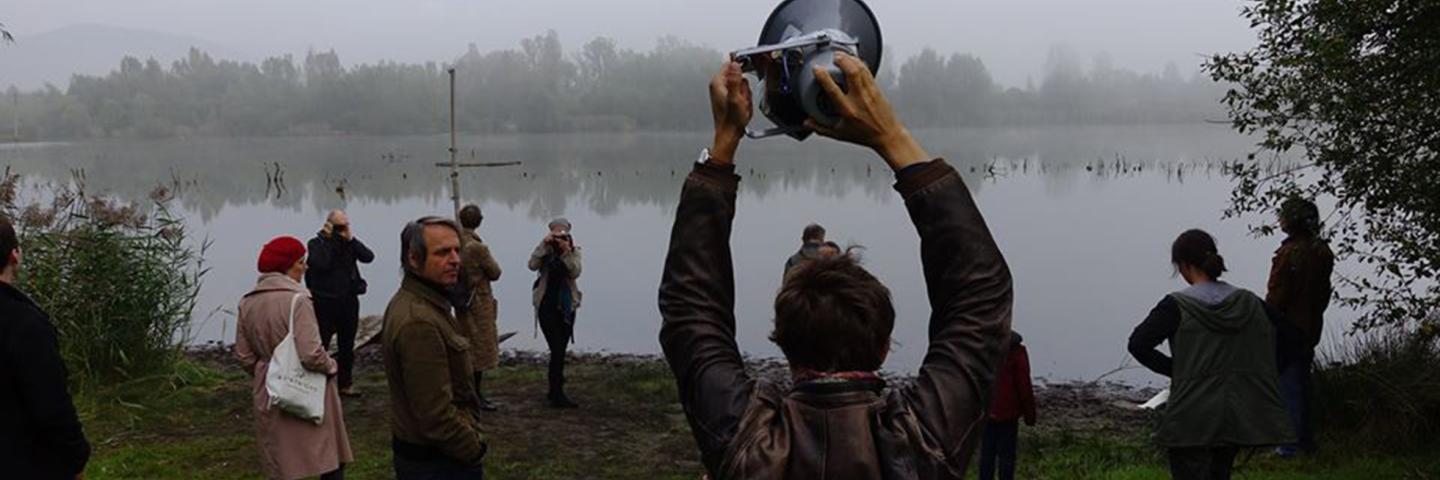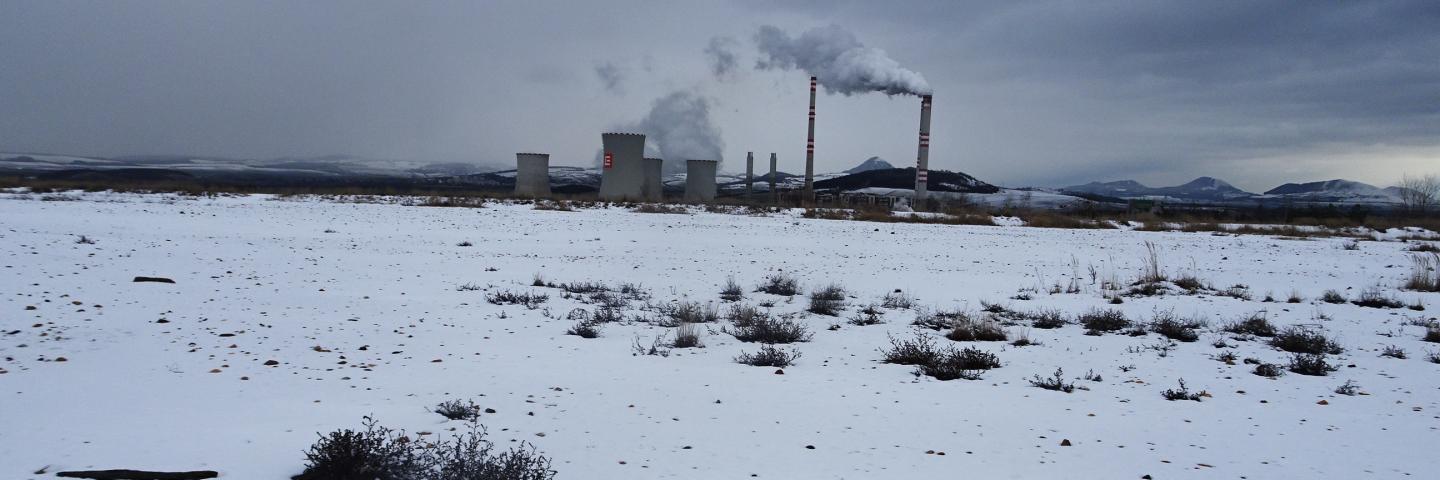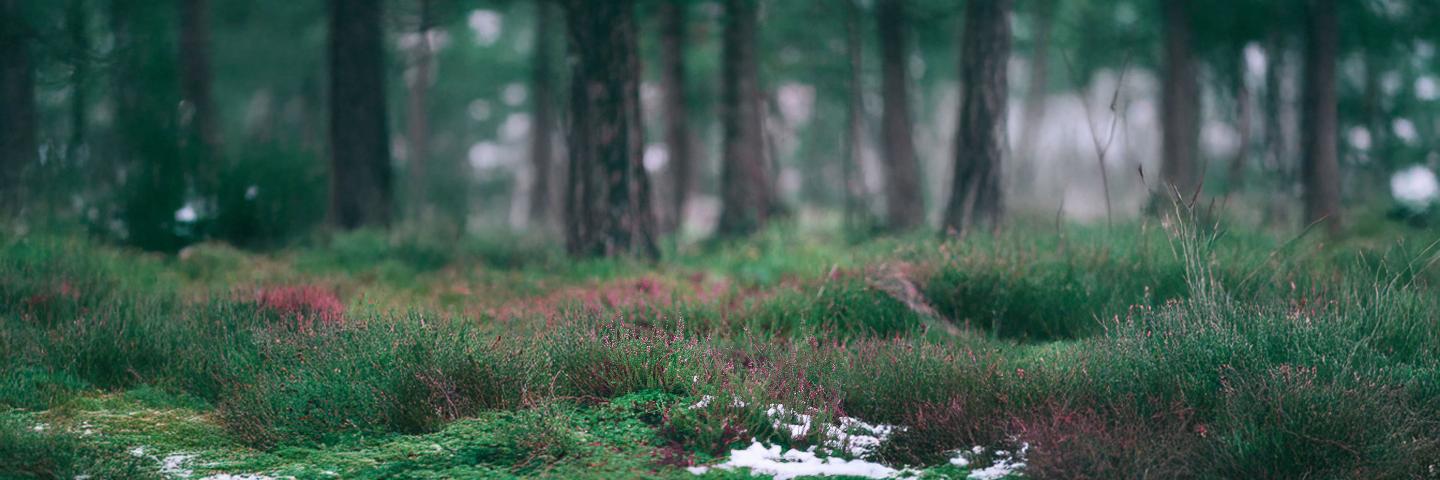Alan Lamb
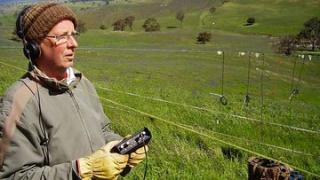
Alan Lamb (1944 in Edinburgh - 2025 in Perth) was Perth-based composer and biomedical research scientist. Living in Fremantle, he has created a body of innovative composition based on the resonance of 'singing wires'.
His family emigrated in 1951 to Australia, settling in Peppermint Grove, a suburb of Perth. In 1968 he graduated in medicine from the University of Western Australia and, a year later, travelled through the Asian subcontinent from Singapore to Pakistan, then eventually back to Edinburgh in 1971. He obtained a PhD in physiology at the University of Edinburgh in 1975. After seeing an international exhibition of kinetic art at the Institute of Contemporary Art in London in 1971, Lamb became interested in sculpture and devised a piece based on the idea of light diffracted through flowing water. This gave rise to the notion that every movement of the artwork should be associated with an accompanying sound. He began to experiment with ways of producing sounds which held the equivalent dynamic complexity of form and structure as the images owned by the sculpture. In 1974 he constructed numerous devices designed to amplify the upper harmonics inherent in nylon and catgut threads, using the environmental variations of the room - temperature, light and air currents - to select the harmonic complexes. Finally, he hit upon the idea of using wires suspended in magnetic fields and of strumming them using pulsed electric currents. In 1985, Lamb returned to Australia to take up a Senior Research Fellowship and to pursue postgraduate research into neural circuitry at the University of WA.
Finally, the ideas are realised using multichannel tape, then modified until an optimum form crystallises. The entire process may take a few months or more than a year to reach completion. Even so, Lamb often revises or discards compositions. Anything that touches or strikes the wire gives rise to a percussive sound, and the natural percussive rhythms he records are often more interesting than any he is able to contrive. The most frequent events are collisions of insects with the wires, which produce a characteristic ping, and heavier sounds of birds landing and moving about on the wires or poles. Bird song can also be transmitted into the wire through the bird's feet. An important acoustic effect arises from movements of the wires in the insulators. Longitudinal slipping causes mighty booms while rotational movements produce high-pitched squeaks of great acoustic purity. These effects can be elicited with some degree of control by pulling on the wires. This also causes creaking in the crossarms and their supports which are transmitted into the wire. For example, as in the piece Night Passage (1985/1986).
One of Lamb's favorite devices is to make gongs and flutes from short pieces of wire and from wooden and metal rods and tubes, and hang them by strings from the wires. When activated by the wind, many different kinds of sounds and rhythms are transmitted into the wires. The strings themselves also create a distinctive sound. When the wind makes them sing in a pitch which resonates with one of the wire frequencies, a sound like Pan's pipes is heard. For example, as in the piece Beauty (1984, revised 1986) and Skysong (1985).
One of the most important `accidental' sounds arises when an object is placed so it knocks the wire on each oscillation of its vibration. This can occur naturally, as when the amplitude of vibration becomes so great that the wire knocks on the insulator itself, or the knocking can be deliberately introduced; for example, by bringing the thumbnail or the ball of the finger in contact with the vibrating wire. This sounds like the blast of a trumpet in one of the dominant singing pitches. For example, as in the climax of Night Passage.
Primal Image (1982, revised 1984) was his first successful composition. Recorded on the Faraway Wind Organ in 1981, the title refers to the ability of wire music to evoke mental imagery; to the elemental intersection of the hard wire with the soft space it inhabits and to the shape of the vibrating wire, which illustrates a dance of polar opposites.
Like The Last Anzac (1984) and Night Passage this piece has an intensely emotional and almost mystical meaning for the composer, and is meant to mirror an inner mythic or meditative progression; in the composer's words, "a journey of the soul". Night Passage was first performed at the Fremantle Art Gallery in 1986; and an instrumentally extended version was later featured at the Pipeline ensemble concerts in Melbourne in 1987, with Simone de Haan (trombone) and Daryl Pratt (percussion).
Lamb's recent work includes a further three-way collaboration with Sarah Hopkins and Beth Shelton, in which the aim is to produce a complete program of pieces that will cohere into a single, large-scale and unified work of dance and music. Alan Lamb collaborated as well many years with the composer Lawrence English.
